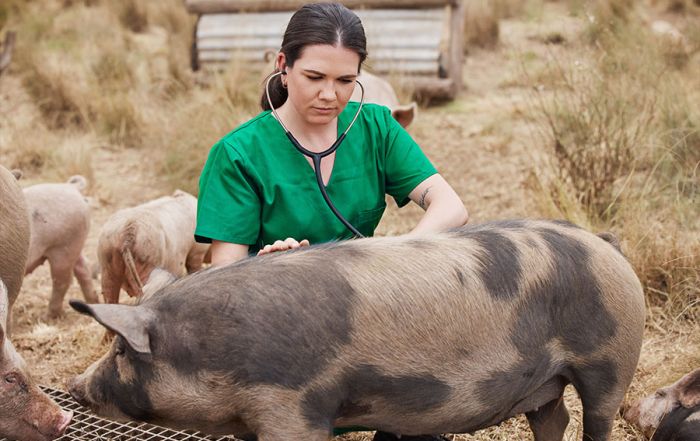Does Temperature Really Matter when Washing your Hands?
In January, I reviewed the changes to the 2022 Food Code in my blog (check out Part I and Part II), and one change to the food code that I had mentioned, but didn’t discuss in-depth, was the change that lowered the water temperature a hand sink was required to produce to 85°F, as noted in Section 2-202.12 of the code. This requirement has been in place since the publishing of the 2001 Food Code, which required a water temperature of 100°F. Prior to this, 110°F was required (see the 1999 Food Code). So why the change and does water temperature when washing your hands really matter?
The change started long before the 2022 edition was being developed. In 2010, the Conference for Food Protection had recommended changing the temperature to 85°F, but when the supplement to the 2009 Food Code was later released, the revision was not included.
As you look at the relationship between hand washing efficacy and water temperature…what we had always believed to be true was not supported by the research.
Growing up in the foodservice business, I had always heard the phrase “as hot as you can handle” when it came to the correct temperature to wash your hands. Many believe that the magical temperature at which hand washing should occur was 100°F. However, that is simply the water temperature that a hand washing sink should reach per the FDA Model Food Code, not necessarily the temperature at which you must wash your hands.
A few years ago, when we were getting ready to explore employee hand washing behavior as part of our research, this “requirement” came up as a discussion point among our research team as we were developing our observation rubrics. After digging into it, we realized that most resources online only said potable water, with no temperature requirement. Our team explored the websites of the Centers for Disease Control and World Health Organization and reviewed the food code to determine what was recommended and required. Outside of finding that food code required water at the sink to be a minimum of 100°F, there was no requirement to wash your hands at a certain temperature and no mention that a higher temperature was necessary.
The more we explored the topic, the more we found that what we had always believed to be true was not supported by the research. Michaels and his colleagues published data in 2001 that concluded that water temperature had no effect on the level of bacterial reduction when using nonantibacterial soap. A follow-up study published by Michaels and another group of researchers in 2002 found similar results, but also noted that the higher water temperatures resulted in skin irritation and loss of water content, a complaint that has often arisen as a frequent barrier to hand washing in the foodservice industry.
Temperature is important because we want out employees to be comfortable washing their hands, so warm water at the hand washing sink is important. But if water temperature is not important in bacterial reduction on the hands, what is? A quality soap, friction (time), and rinsing. Encourage your employees to do these steps and they can help protect your business and themselves from food handler contamination.
I must close with my usual disclaimer when talked about the updated food code – be sure to follow your local food code. Although the 2022 Model Food Code has been released, most jurisdictions are still operating on older versions of the code, and it is important to know the specific requirements in your area. Risk Nothing.
Never Did I Ever…
Yes, I know the real game is “never have I ever”, but that phrase didn’t work [...]
Understanding Food Contamination in Foodservice Operations
Within this blog, I’ve provided a lot of details about the finer points of food safety [...]
The Antibiotic Debate in Our Food Chain
The discovery of antibiotics in medical science is regarded as one of the most important medical [...]
Exposing the Risks of Raw Milk
When I began my career in the food safety area several years ago, I never dreamed [...]









